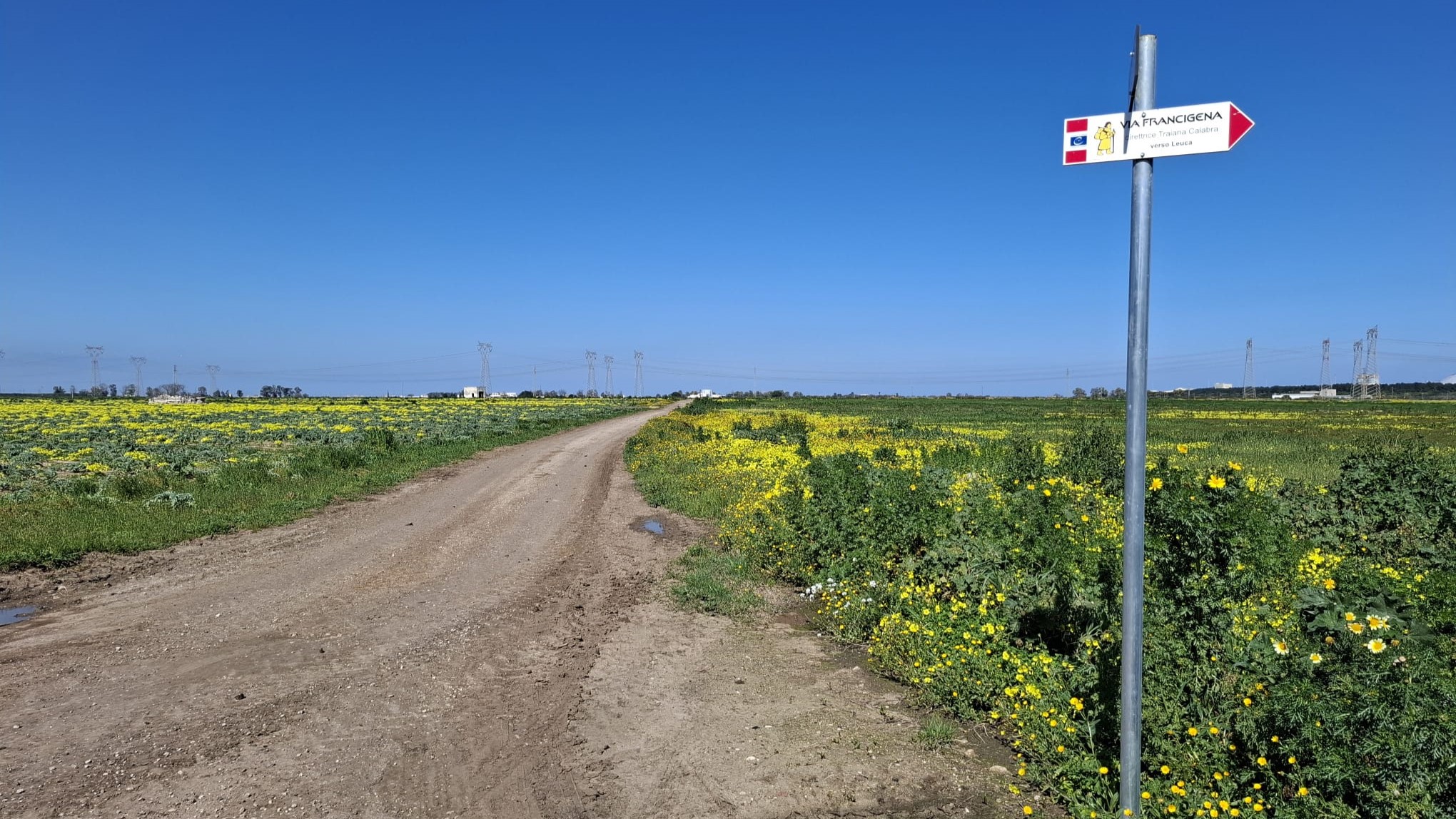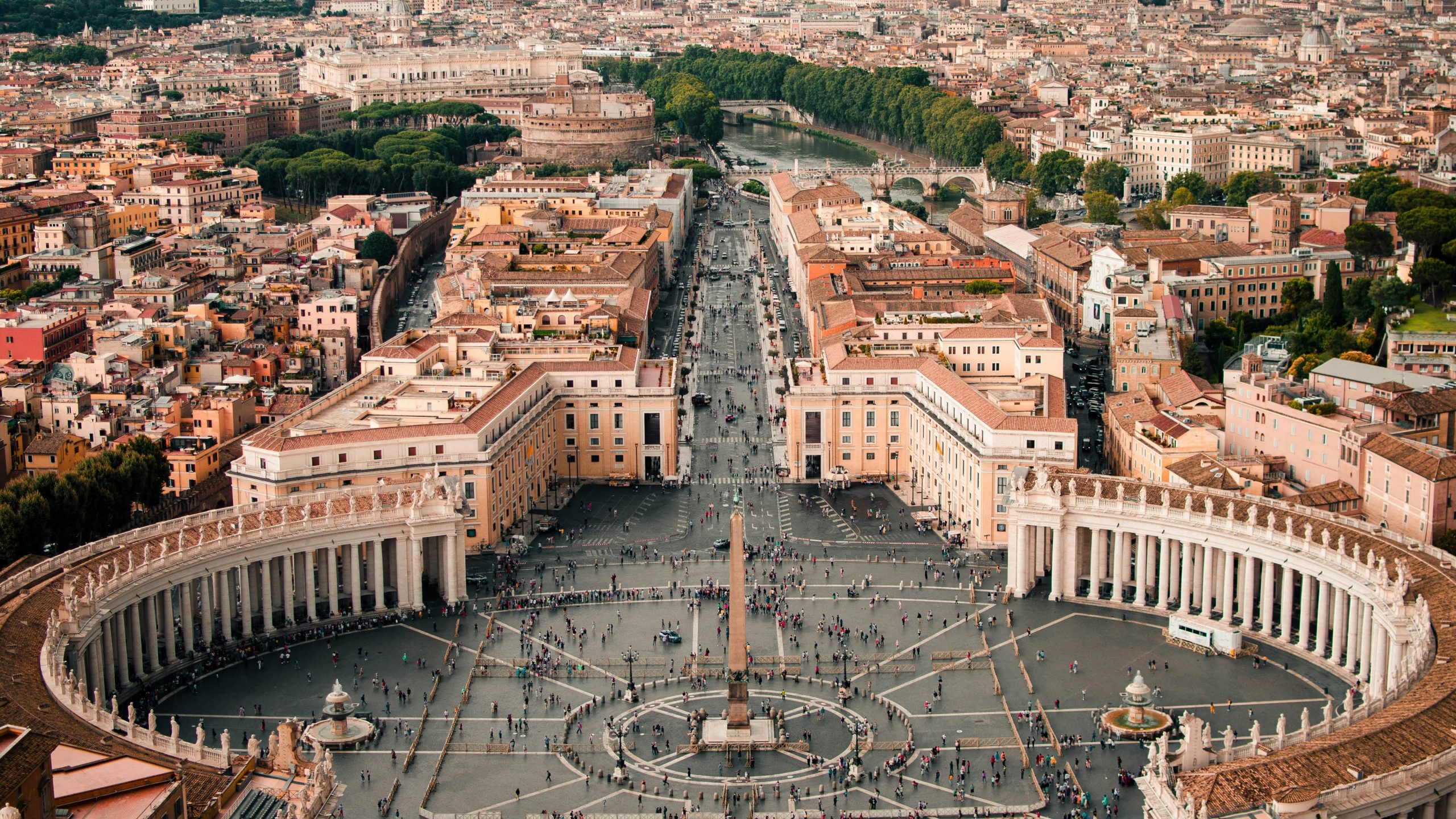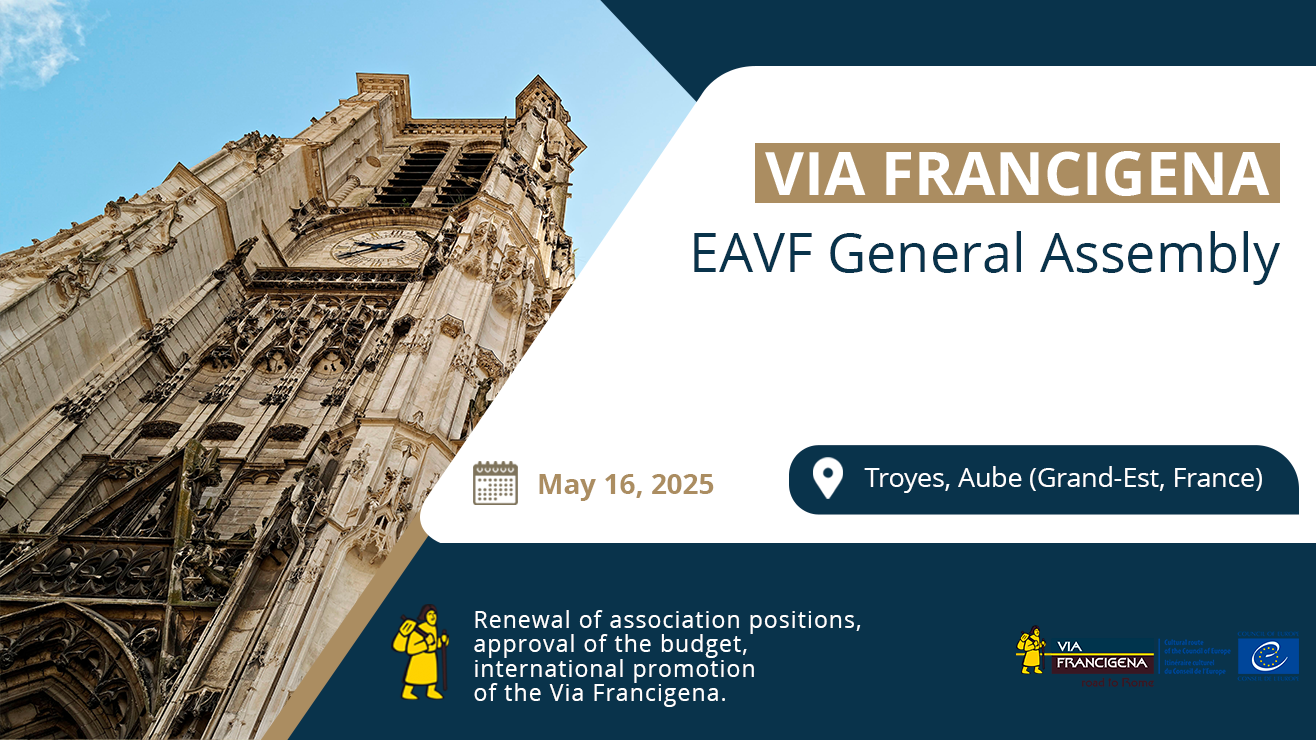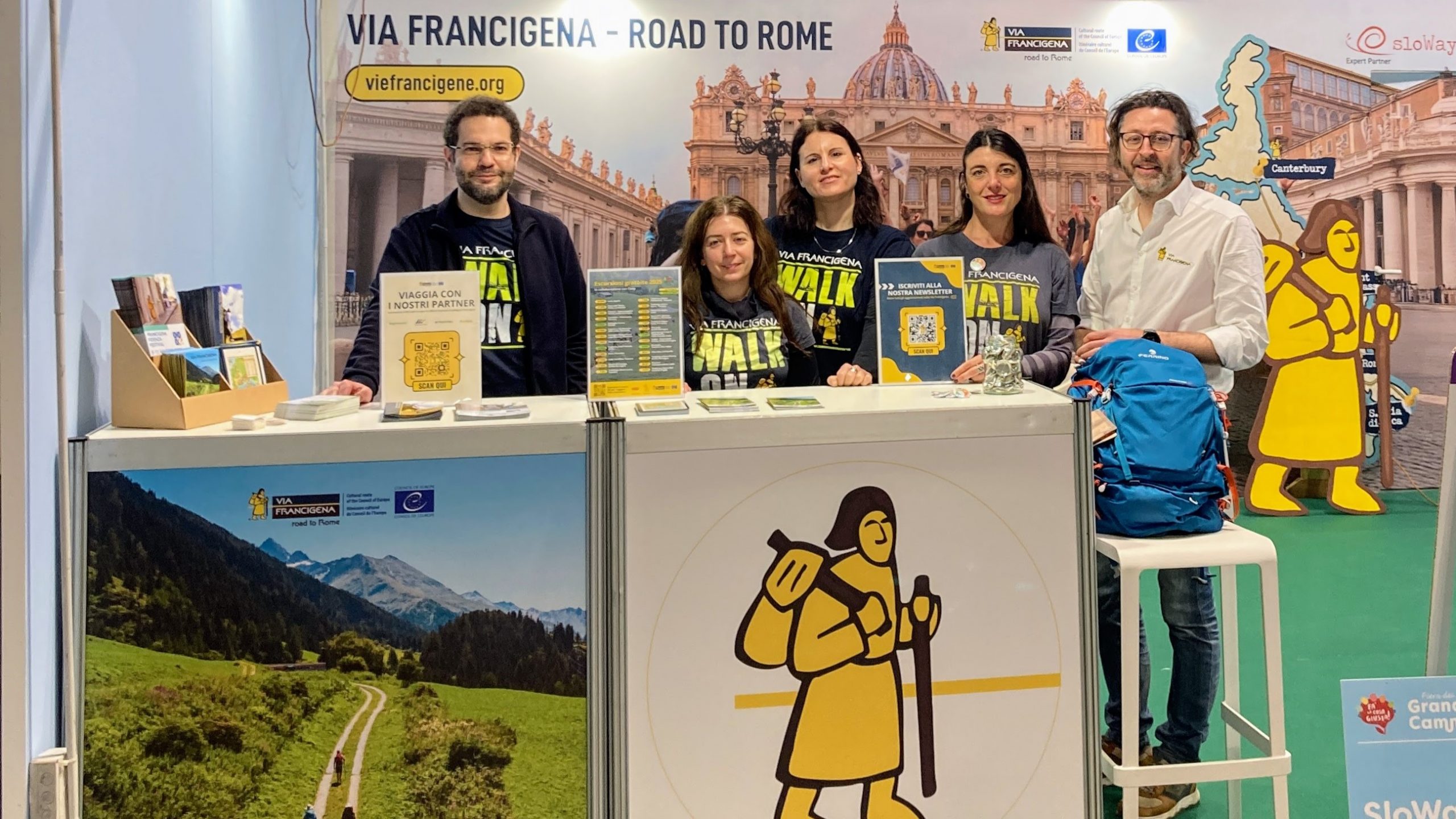An important infrastructural action begins from the Italian section of the route, at the end of the long “Road to Rome” march.
The long Road to Rome march that celebrated the 20th anniversary of the European Association of Via Francigena Ways was responsible for the relaunch of the allocation process of important funds to the Via Francigena, along the 2,000 km of the Italian section. Indeed, the remarkable sum of 19,1 million euros was ultimately granted by the Italian Ministry of Cultural Heritage to intervene on the route, enhancing and developing the strategic locations along the Via Francigena through the Development and Cohesion Plan, merged with the Extract Plan “Culture and Tourism” FSC 2014 – 2020.
This is an important maintenance and restyling action in the Italian section of the Via Francigena, finally unleashed at the end of the long “Road to Rome” journey, an event that aimed at raising awareness among institutions on a national, regional and local scale to enhance hospitality, infrastructure and signposting systems along the route, as well as enhancing pre-existing services.
Priorities and typologies of interventions were defined by the Italian regions, in collaboration with the European Association of Via Francigena Ways, and verified by the Italian Minister of Cultural Heritage. Beneficiaries of these resources will be municipalities and regional administrations, which will have to carefully monitor the advancement of executive projects and tenders on their local scale. All actions must begin before December 2022.
Altogether, 68 tailored interventions spread across the national territory of Via Francigena will take place. Among the key construction sites are, across the northern and southern sections: safety enhancement interventions on trails; development of new walking and cycling trails; maintenance of bridges; creation of rest spots and fountains; sidewalks and docks constructions.
The overall subdivision of interventions appointed by the Ministry of Culture is: n.1 in the Aosta Valley (1.810.525 €); n.3 in Piedmont (1.669.617€); n.7 in Lombardy (450.354€); n.12 in Emilia (1.670.625€); n.4 in Liguria (342.941€); n.19 in Tuscany (4.310.403€); n.5 in northern Latium (1.086.340€); n.12 in southern Latium (1.114.140€); n.1 in Campania, in the municipalities of the provinces of Caserta, Benevento and Avellino (893.892€); n.1 in Apulia, in the municipalities of the provinces of Foggia, Barletta – Andria – Trani, Bari, Brindisi (810.000€). The sum of all these resources is 14.158.931€. The regions of the Via Francigena in the South gain an additional funding for geolocation and signposting actions (vertical and horizontal) on the route, for a total amount of 1.500.000€.
Finally, an important sum of 350.000€ is to be summed for general signposting and cross-cutting actions. To conclude, a remarkable expense chapter is that of 3.107.985 € located to support the national communication plan and the procedure of the Italian Via Francigena candidacy to UNESCO certification.
On Friday 5th of November an operative webinar organized by the Ministry of Cultural Heritage took place, to start the administrative procedures with all municipal and regional officials along the route. These procedures regard the implementation of project management frameworks and the verification of monitoring systems for the advancement of the working plan. All interventions have their associated timetable for years 2022 and 2023, as well as an economic plan.
This is a great opportunity for the Via Francigena, which is currently seeing a thriving moment of success and international recognition. Single territories, today, are increasingly aware of the importance of investing energies and resources in the Via Francigena, supporting cultural, social-economic and tourism development in all areas. Local communities are the first beneficiaries, together with thousands of pilgrims coming from all over the world. The next goal, as we head towards the 2025 Jubilee with an increasingly prepared and welcoming Via Francigena, is to reach the conclusion of the UNESCO candidacy, thus adding this itinerary to the great list of World Heritage Sites.









